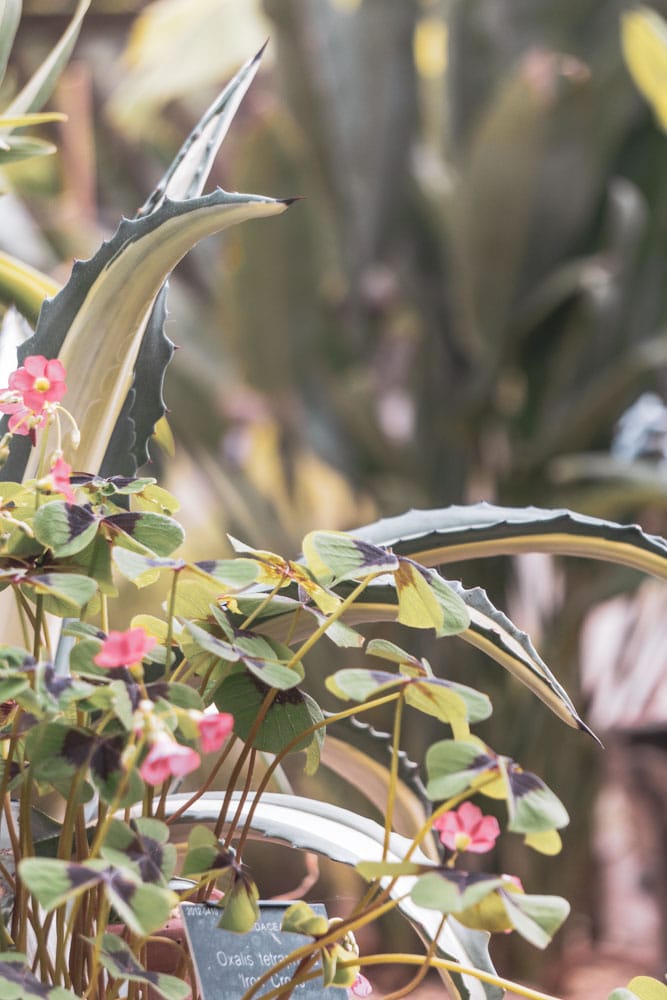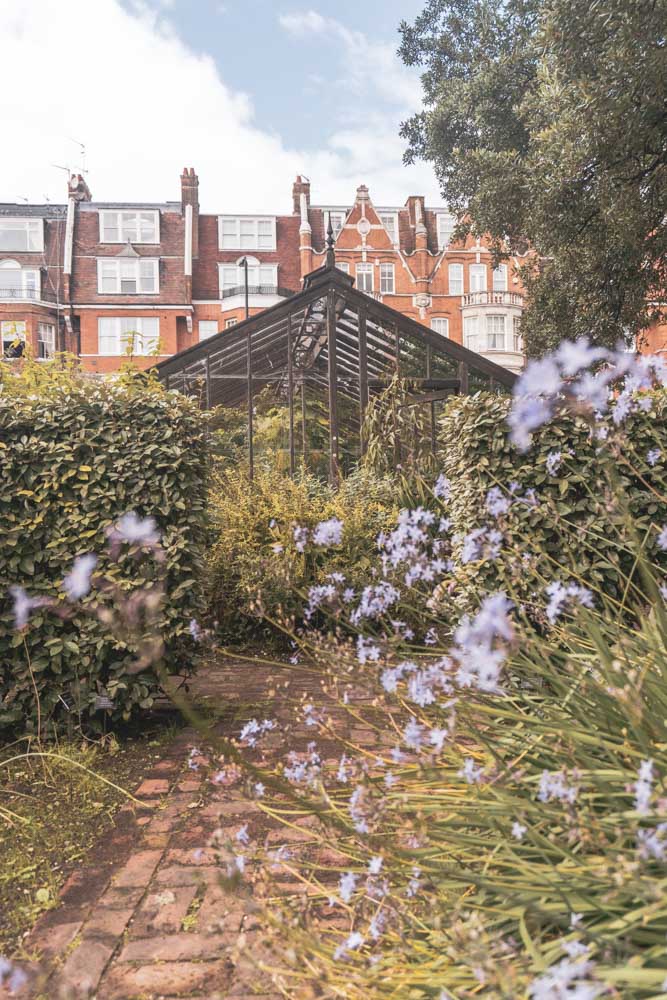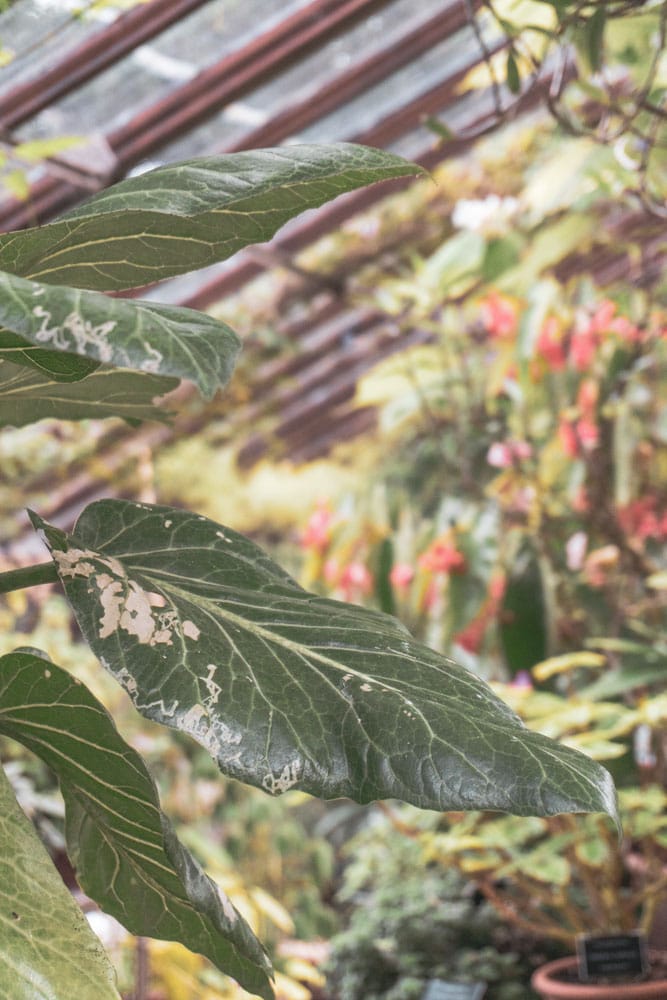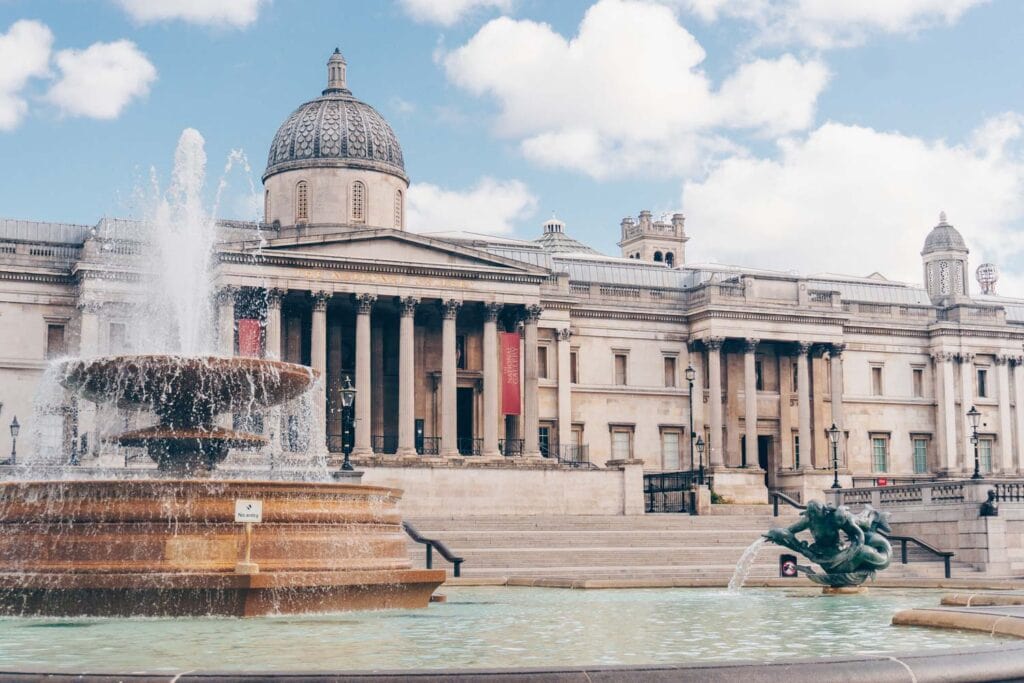Chelsea Physic Garden is not the kind of place you stumble across. Hidden away behind an unprepossessing red brick wall, from the outside there’s little to suggest anything deserving of a second glance.
Appearances are deceiving. You should grab the first opportunity you have to explore this four-acre botanical haven sandwiched between the Thames and Royal Hospital Road in Chelsea.
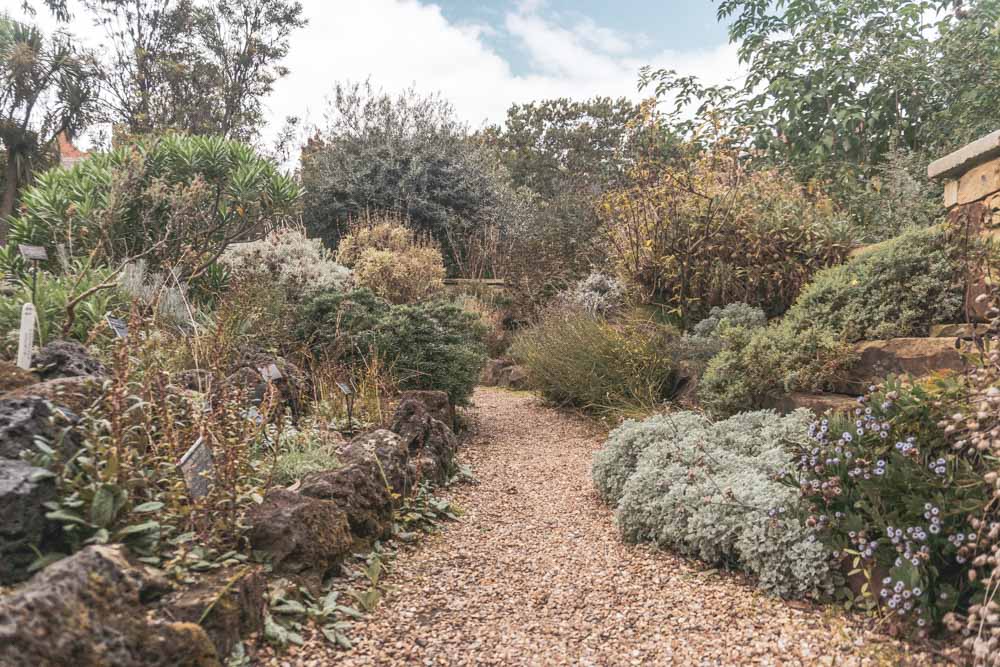
Even during my visit in September, the garden was bursting in bloom, a riot of colours and fragrance in well-organised chaos. Here’s what you need to know before you go.
Note: You currently need to buy tickets in advance for entrance to the gardens. Buy here.
Exploring Chelsea Physic Garden
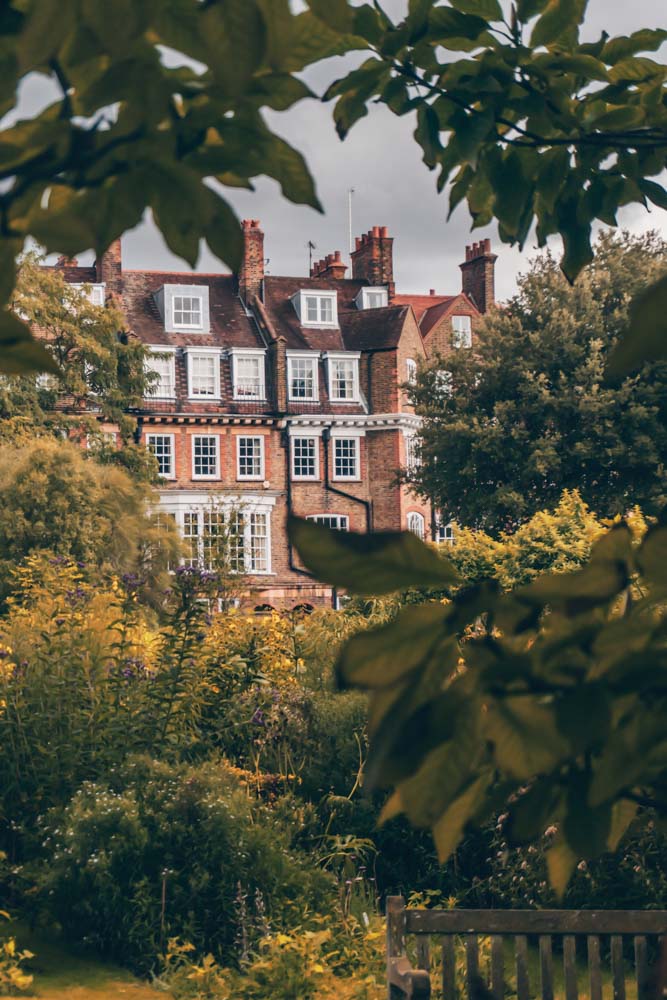
It’s a wonder that Chelsea Physic Garden flies under the radar – this is the second-oldest botanical garden in the UK, set up by the Worshipful Society of Apothecaries 1673 to further understanding of plants’ uses in healing and medicine. That makes it almost a century older than the city’s most famous botanic gardens in Kew.
At four acres, the gardens are relatively small but there’s a surprising amount to explore. Close to the centre you’ll find an unlikely masterpiece in the country’s first rock garden (and one of the odder Grade II listed sites).
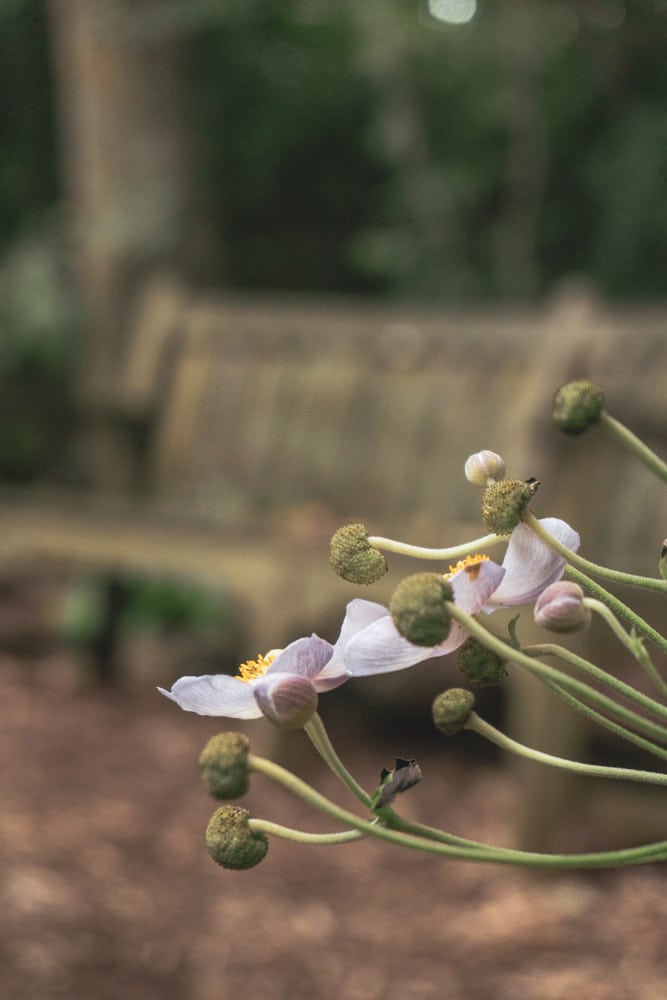
Beyond that, a radiating patchwork of small gardens, organised by area of origin or the plants’ medicinal uses (beware the patch of poisons, their labels ominously marked by a skull and crossbones). Species abound – more than 5,000 in fact – spread out across edible, medicinal, herbal and plants with other uses.
It wouldn’t be a botanical garden without a glasshouse or two – there are many dotted around the garden, the most impressive the restored Victorian glasshouses that are still in use today.
The garden hosts tours in the morning and afternoon (included in the price of your ticket) – led by their knowledgeable guides, it’s worth checking the timing of the next one when you arrive. If you don’t manage to catch one, here are a few things you should be on the lookout for.
The largest fruiting olive tree in Britain – in 1976 they recorded a bumper crop of 7 pounds of olives – a record olive crop in London.
The world’s most northernmost outdoor fruiting grapefruit tree. Normally the British climate is too cold for grapefruits but the green-fingered wunderkinds at the Physic Garden make it happen.
History of Chelsea’s Botanical Garden
When the Worshipful Society of Apothecaries established the garden in the 17th century, they wanted to create a place where they could teach apprentices to identify plants used for medicinal purposes.
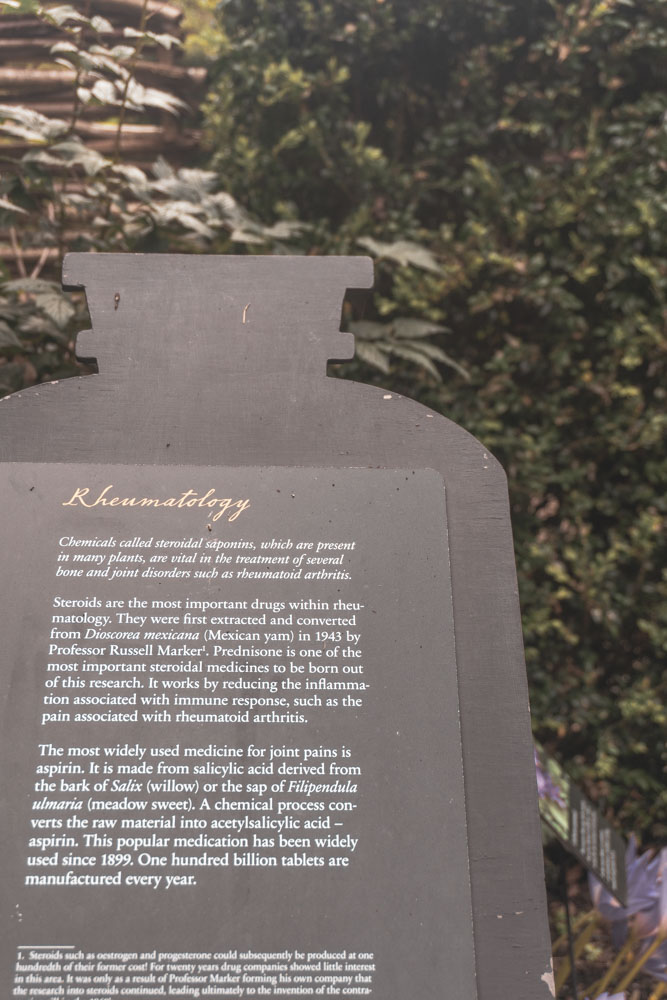
They chose this particular spot by the Thames as the warmer microclimate allowed them to grow a much larger number of plants than would normally grow in the UK. In addition to this, the riverside location was useful for setting off on expeditions to discover new specimens.
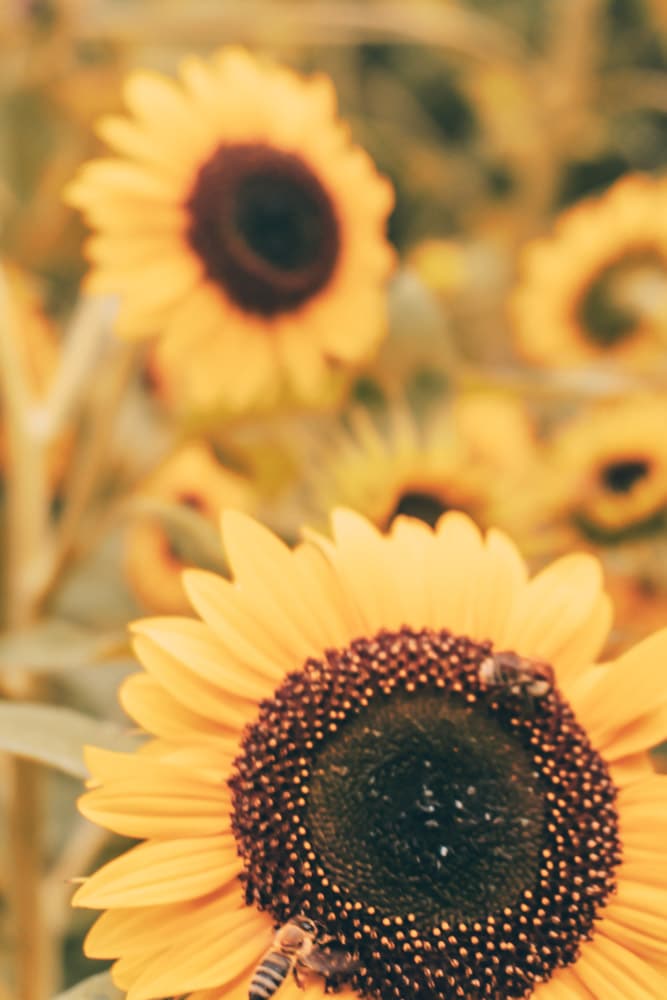
Sir Hans Sloane (after whom Sloane Square down the road is named after) purchased the Manor of Chelsea and leased the land to the apothecaries in exchange for the promise that they’d donate 2,000 dried plants each year to the Royal Society, along with an corresponding annual payment of £5 – even at the time, it was a steal.
The garden played a fundamental role in creating the Index Seminum – a global seed exchange system that saw the apothecaries swapping seeds with other botanists around the world. It was the apothecaries who first sent cotton to the Americas, leading to them unwittingly playing a role in the growth of the cotton plantations and the slave trade that fuelled it.
Interestingly, although the garden has been in continuous use since its creation, it was only opened to the public in 1983.
The Cafe
Tucked away at the back of the gardens, stop at the Physic Garden Cafe during your trip – at least for a cup of tea and their much-loved lavender scones.
The cafe has a surprisingly expansive menu packed with freshly-baked goods and seasonal British favourites, much of which is made with produce from the garden. They also host an ever-changing roster of dinners and late-night events – check for details.
Chelsea Physic Garden: Practical Information and Map
Address: 66 Royal Hospital Road, Chelsea, SW3 4HS. Entrance is on Swan Walk.
Opening Hours vary throughout the seasons. Check ahead here.
Looking for More Unusual London Guides?
Check these out…

The Unusual London Book
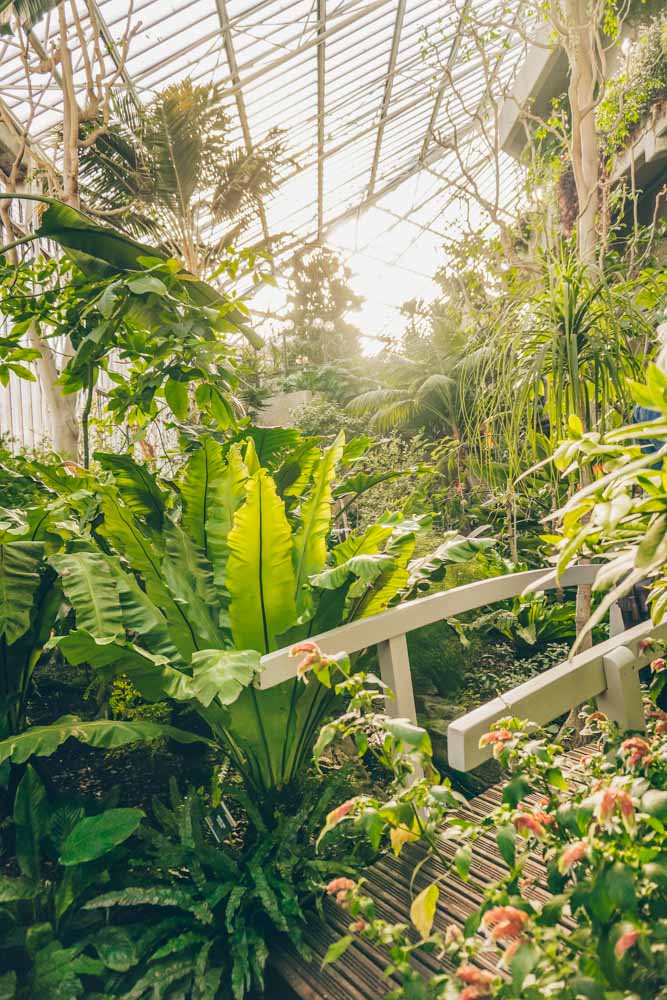
Visiting the Barbican Conservatory
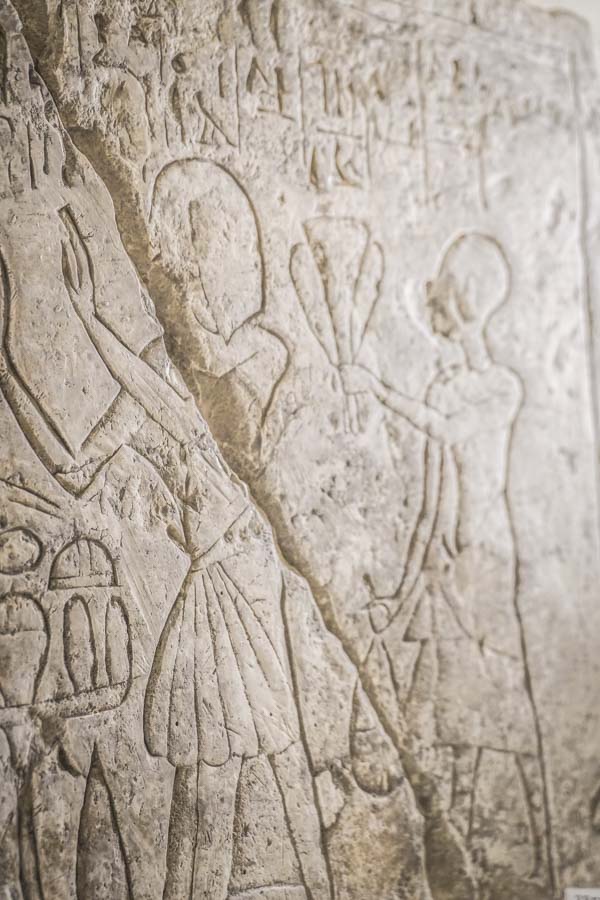
Time to Discover: The Petrie Museum

